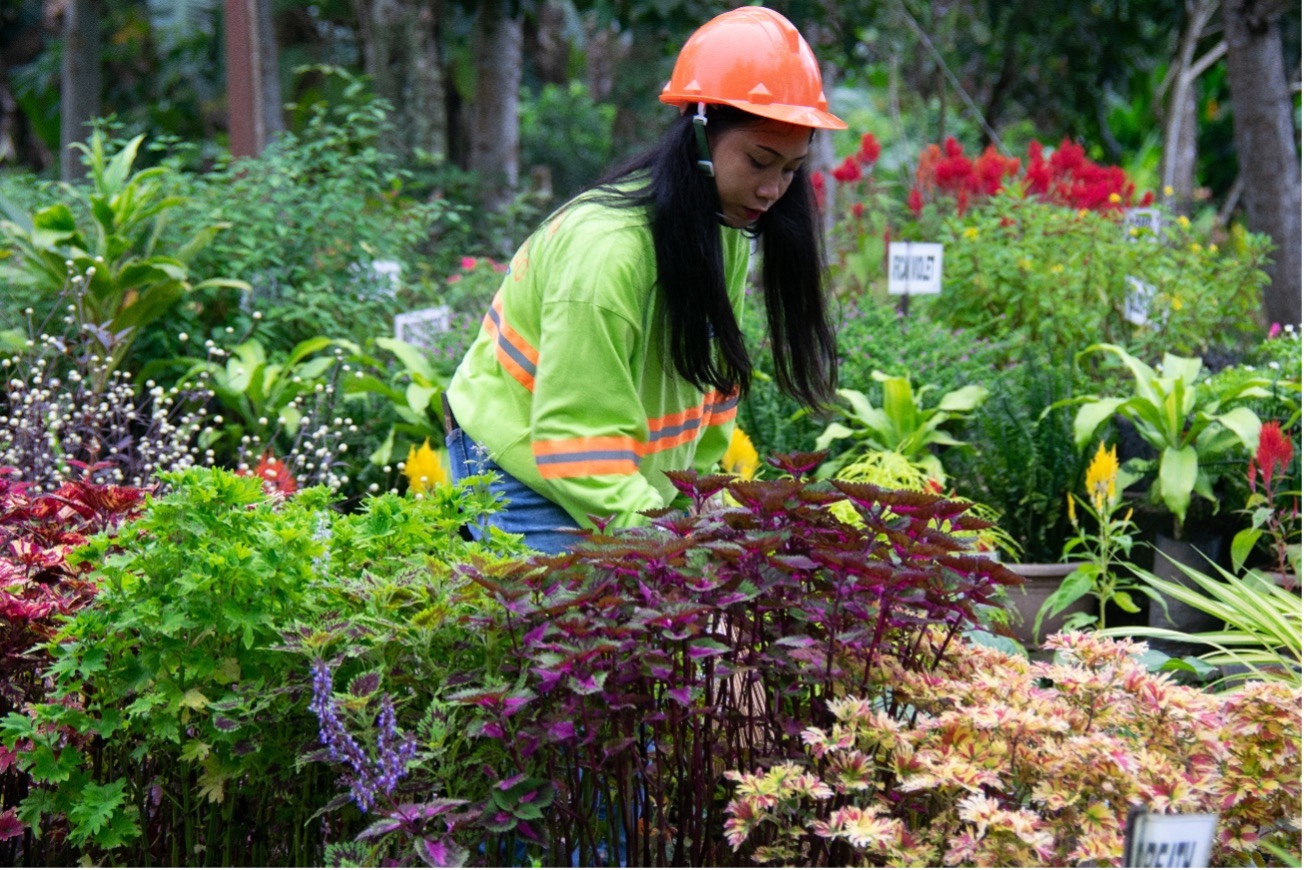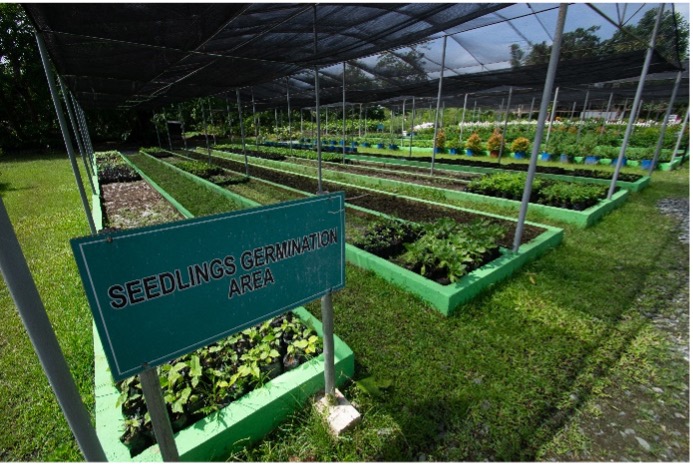Our Stories
Essential Reforestation Role for Masbate’s Plant Nursery

February 21, 2024
In this three-part series, we take a closer look at the reclamation and reforestation work taking place at B2Gold’s Masbate Gold Project in the Philippines. In this first article, we look at the pivotal role the site’s Plant Nurseries play in the reforestation program at the Masbate Gold Project.

Located adjacent to the Masbate Gold Project (MGP) site, the Plant Nursery occupies a two-hectare property where thousands of seedlings are raised. This nursery was established to cultivate local and indigenous trees which are earmarked for reforestation projects. MGP also supports and maintains two separate mangrove nurseries for the mangrove reforestation project.
Different forest and fruit-bearing tree species are propagated in the nursery. Aside from forest and fruit bearing trees, the nursery also houses varieties of ornamental plants and bamboo. The nursery is accessible to the local community in Aroroy, and MGP give free seedlings to local residents, schools, and government offices to use for tree planting activities and aesthetic improvements (landscaping and beautification purposes).
The MGP Plant Nursery is also distinguished for its clonal technology. This allows the nursery to reproduce high-quality seedlings of indigenous trees and plants that of conservation importance.
Planting for crop sustainability

There are also efforts to diversify the species of mangroves on Masbate Island and identifying crops that can be feasibly grown on the mine site when mining activities are concluded. At present, crops like dragon fruit, coconut, and pineapple are being tested.
Crops were chosen based on their economic importance and ability to survive on the site and the benefits they can provide to the people of Aroroy. The project is being undertaken with the assistance of College of Agriculture of Dr. Emilio B. Espinosa, Sr. Memorial State College of Agriculture and Technology (DEBESMSCAT).
One key area for rehabilitation is the Syndicate Waste Rock Dump. Rehabilitation started in 2015, with the waste rocks shaped into a mountain, with support and drainage, and then covered with topsoil. The area has since been planted with more than 28,000 forest and crop trees; more than 23,000 intercropping trees, about 400 bamboos, and 17,000 cover crops. Among those planted were mango, chestnut, kalamansi, ponkan, dalandan, rambutan, coffee, pineapple, and dragon fruit. Last June, pili trees, the symbol of Bicol, were also introduced in the area.
Hydroseeding

For areas around the mine site that need immediate vegetation, hydroseeding is used. Hydroseeding is a revegetation technology that uses a mixture of mulch, seeds, fertilizer and water which is sprayed on a barren soil surface. In a couple of weeks, the seeds begin to germinate and sprout to a green cover in the area.
Although hydroseeding is a new technology in the country and still a relatively costly endeavour, faster revegetation of mined areas, bringing increased biodiversity with indigenous species, benefits both MGP and the local community.
More on B2Gold’s sustainability initiatives at MGP can be found in our most recent Responsible Mining Report.


